Muay Thai
Categories
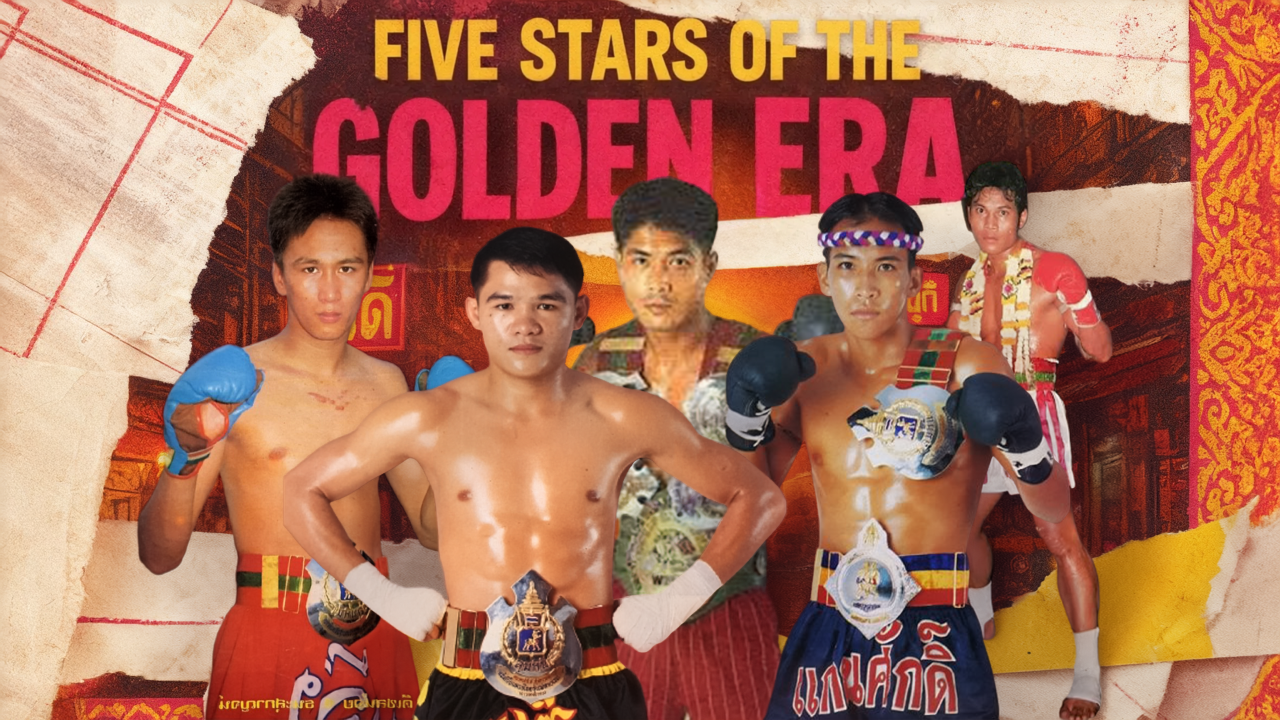
Muay Thai experienced a surge in popularity during the late 1980s and early 1990s. Fueled by Thailand’s booming economy, Muay Thai became a national obsession and the country’s best athletes recognized that they could become extremely wealthy and extremely famous by training and fighting professionally.
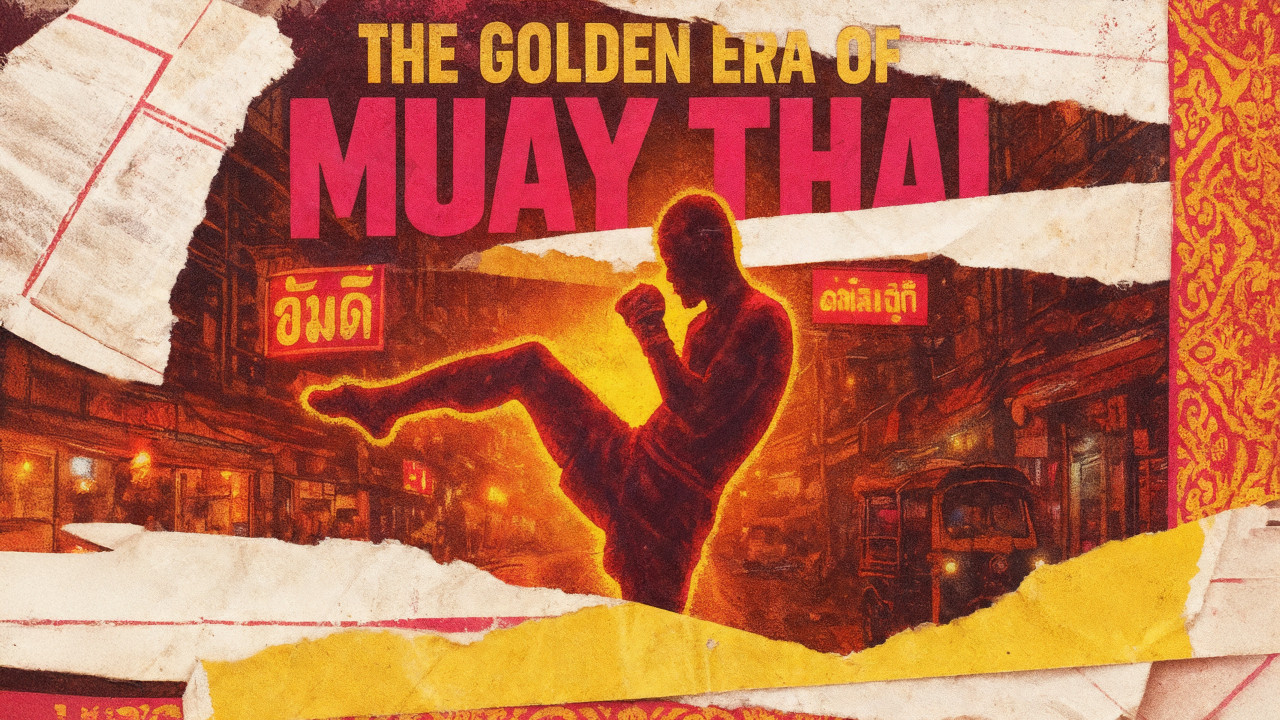
Muay Thai has exploded in popularity in the United States within the last decade. Whether practiced as a standalone martial art or as a part of a mixed program, Muay Thai has become one of the go-to striking arts taught in MMA gyms.
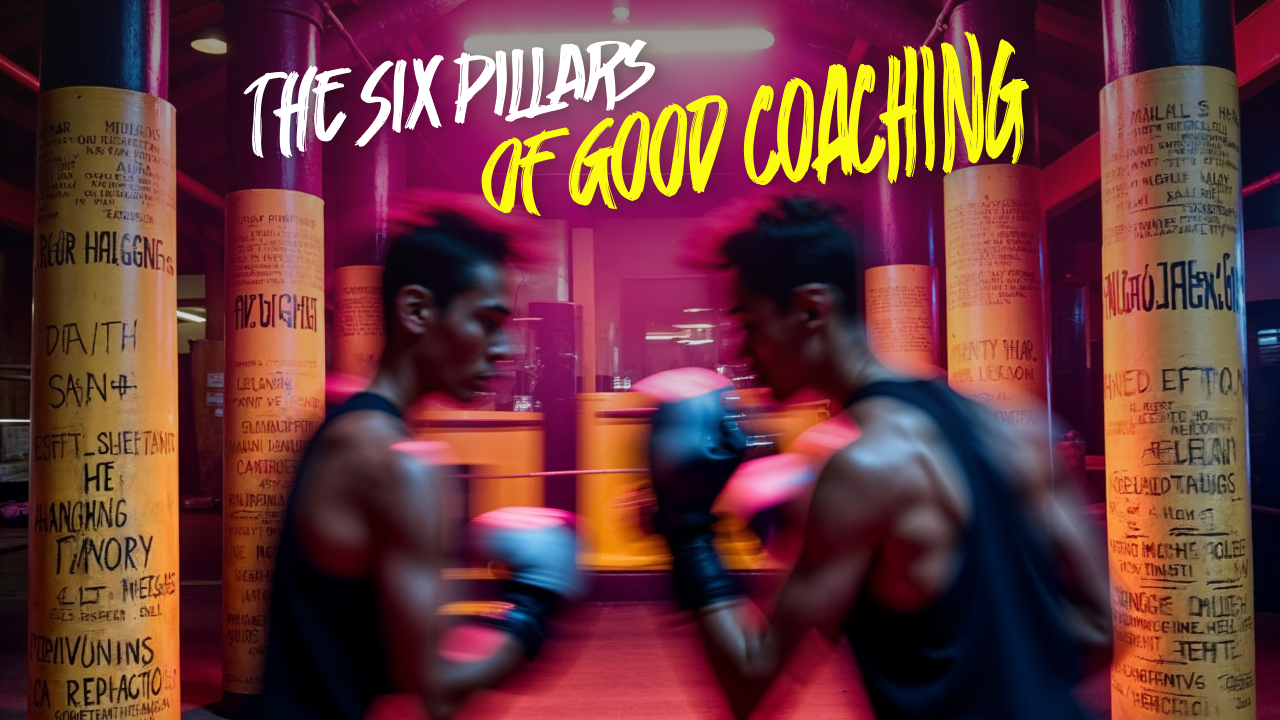
A great Muay Thai coach is more than just a pad holder. Discover the qualities that separate a good coach from a great one: knowledge, experience, leadership, and more. Improve your training and find the right mentor.
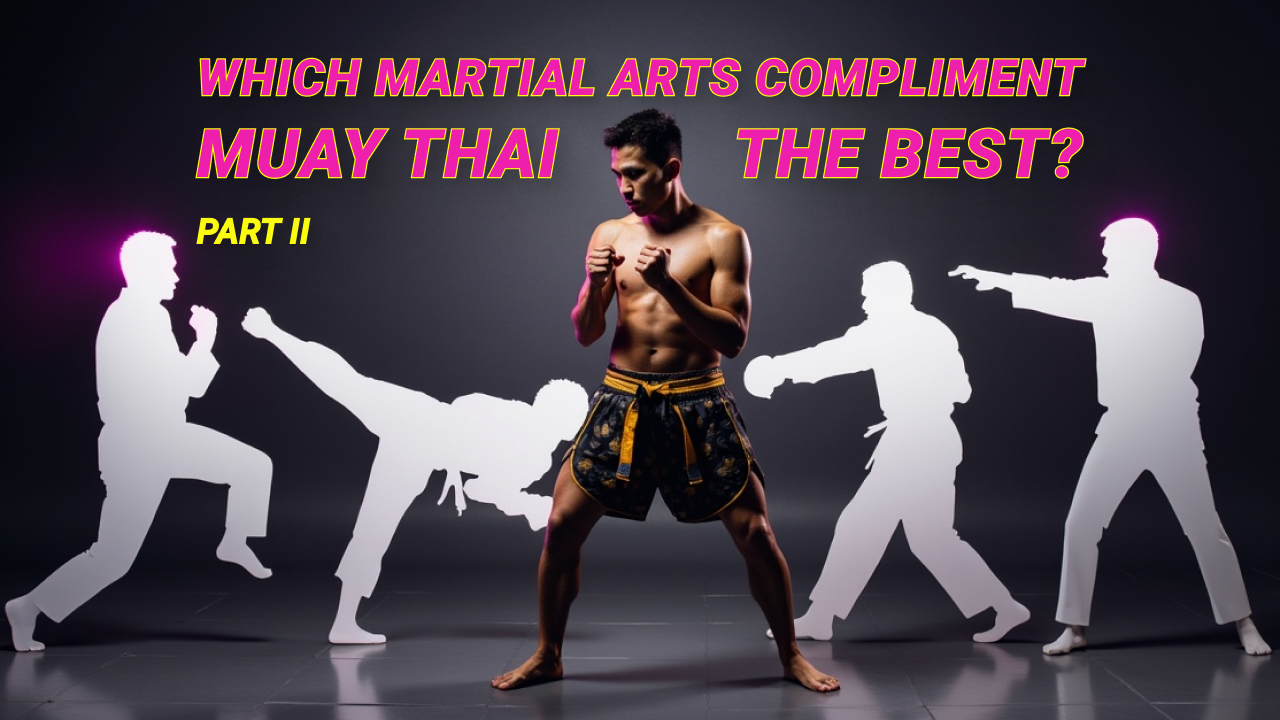
This article explores which martial arts are most effective for cross-training in Muay Thai. Based on a ranking by Alby Tam of Combat Culture, it evaluates 21 styles—including boxing, judo, sambo, and taekwondo—to determine which ones can enhance your Muay Thai skills and which are best avoided.

Thinking about cross-training to level up your Muay Thai? In this first part of a two-part breakdown, Alby Tam of Combat Culture ranks martial arts like Shotokan, Kyokushin, BJJ, K1 kickboxing, Wing Chun, and more—from most to least effective for Muay Thai fighters. Learn what styles actually boost your game.

The short answer is no, you are never too old to start training Muay Thai. In fact, there are even some benefits to starting later in life. That said, it’s not all roses for people who start doing anything at an advanced age, especially martial arts. As Alby Tam of Combat Culture explains in the below video clip, there are pros and cons that any older person who has an interest in Muay Thai should know about.

Muay Thai is well known for having established fighting styles that are extremely different. Some may be extremely aggressive, favoring a bulldozer type fixation of attacking. Some may be more reserved and calculated. Rather than trying to overwhelm an opponent with raw power, they instead bide their time and only strike at the most opportune times.
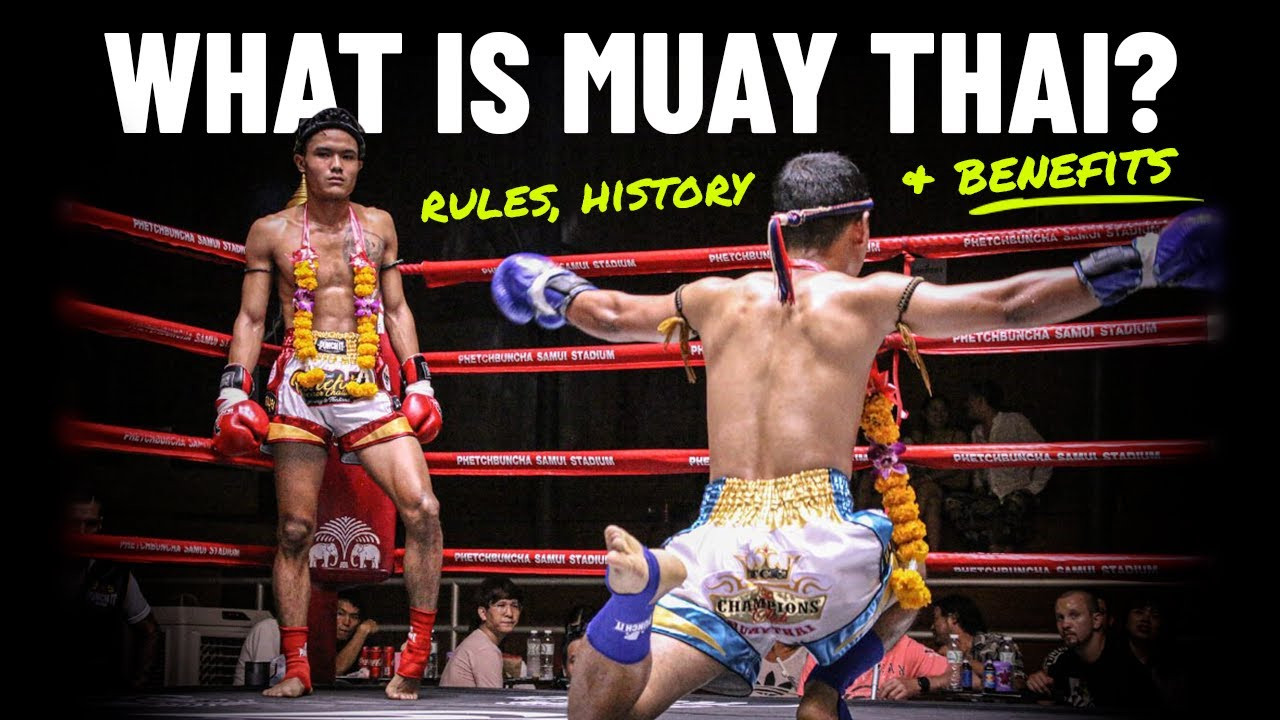
To help provide some background information, this blog will follow along with the video of Alby Tam of Combat Culture in San Francisco and help answer the most basic questions about Muay Thai: where it comes from, its general rules, and even some of its benefits.
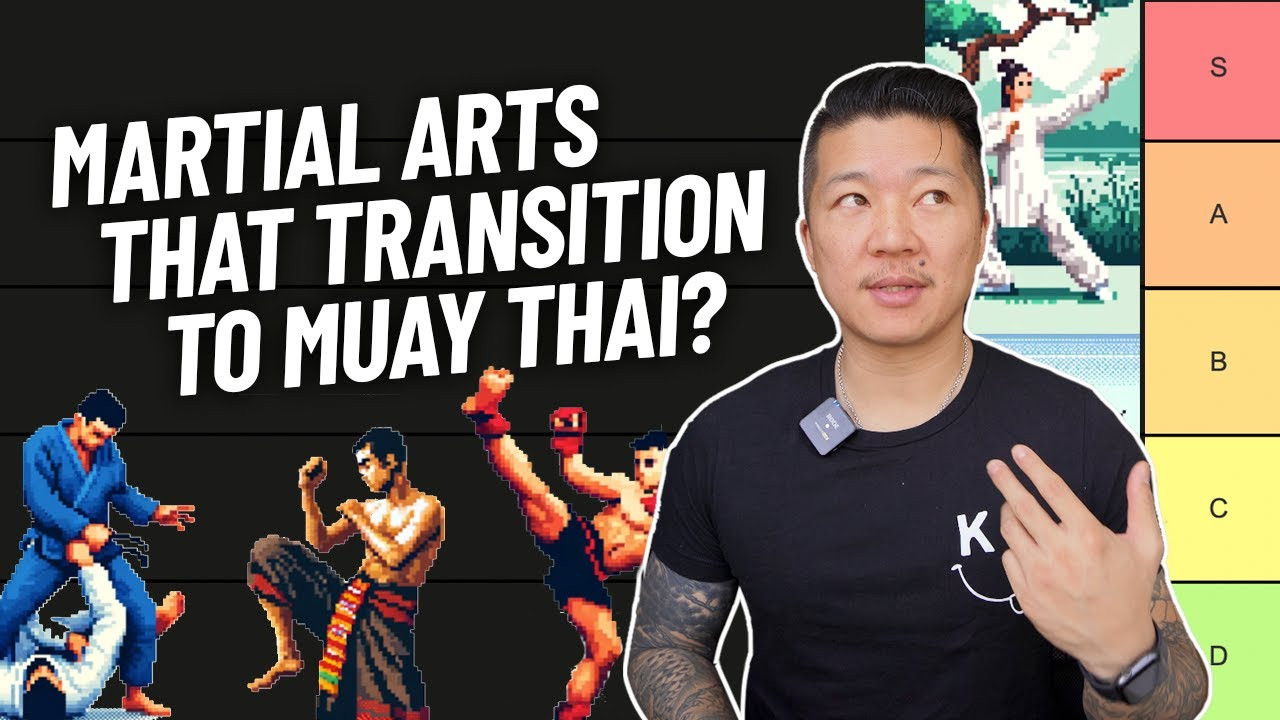
As Muay Thai grows in popularity, more and more people with martial arts backgrounds have begun to seriously think about either cross-training with Muay Thai or becoming exclusively Muay Thai fighters. While it’s safe to assume that having a martial arts background is not going to work against you as you learn Muay Thai, some people will have an easier time transitioning than others.
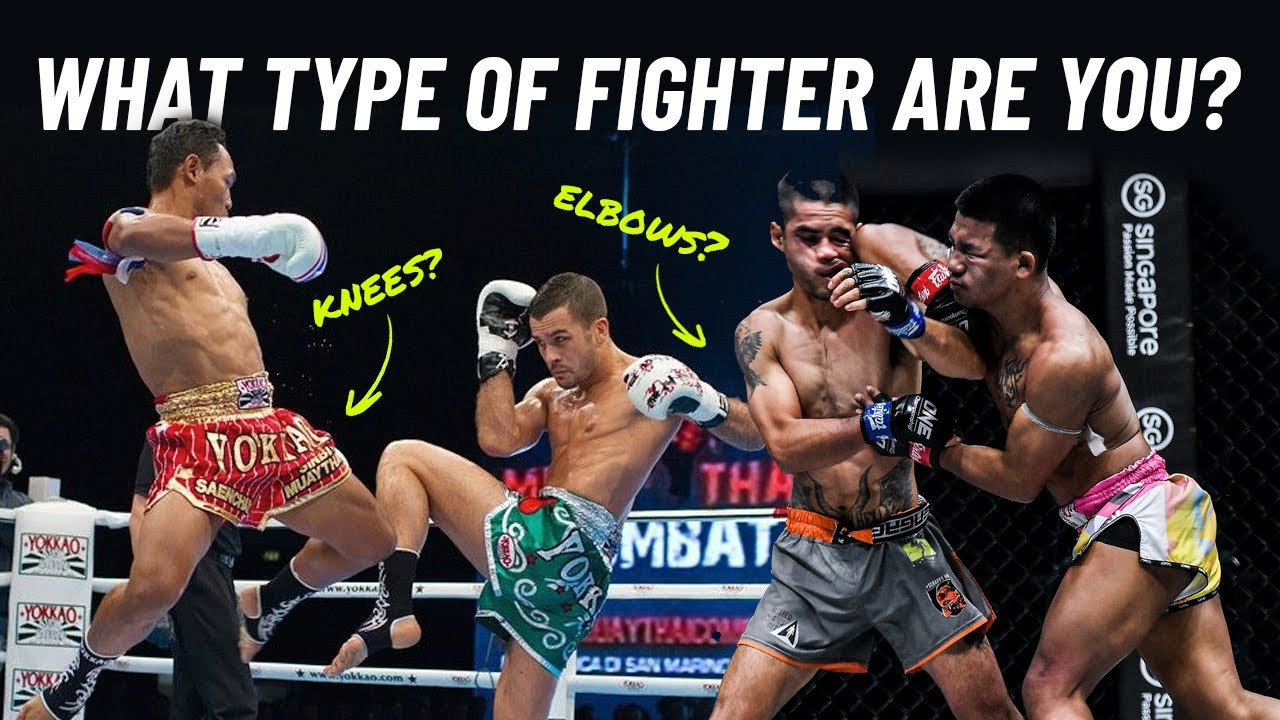
Like all martial arts, there are several general styles of Muay Thai. The two most important factors that play a role in deciding upon a style are physical attributes and personality.
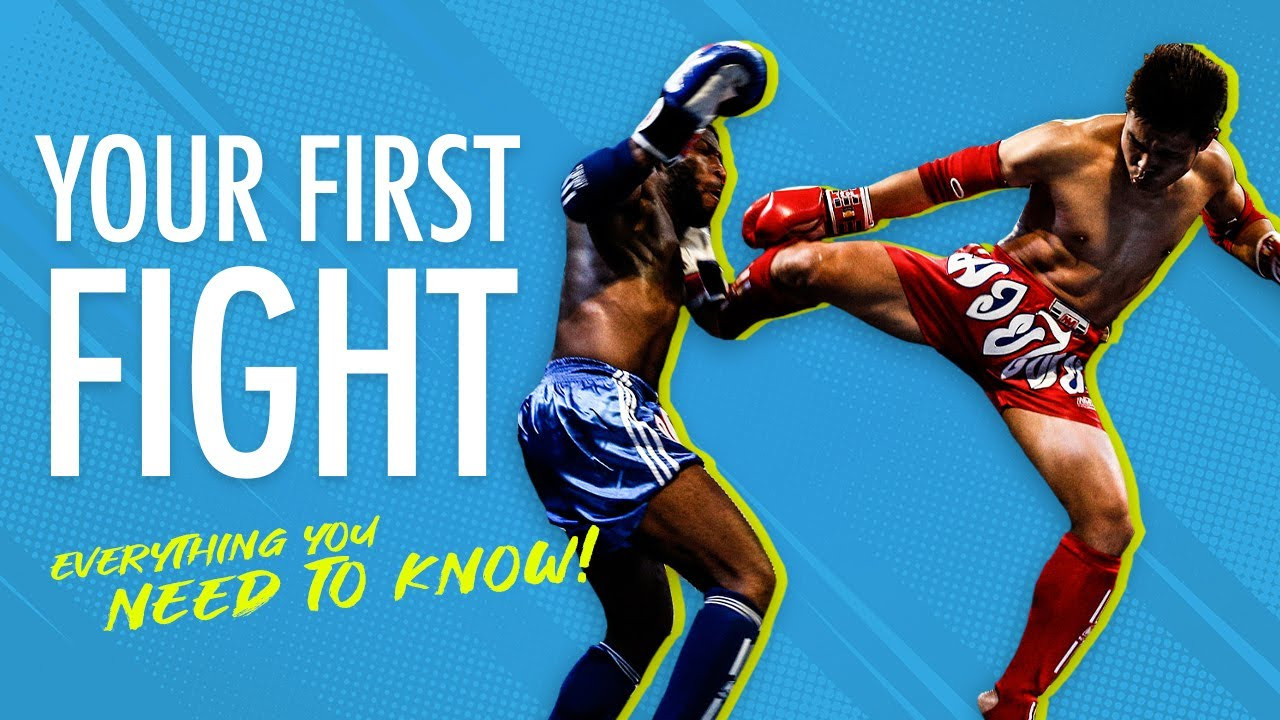
Preparing for your first Muay Thai fight is usually preceded by months if not years of training and conditioning, but you may still find yourself with a lot of questions about what happens before the big event. This post explores some of those questions and should be seen as a resource for anyone who is curious about what takes place before a Muay Thai fight. It doesn’t matter if the fight is just a few days away or if you’re just starting your training and want to know what to expect.

Even before walking through the door for your first day, you first have to decide on a gym that seems right for you. In this blog, we’ll walk through some of the things you should consider when deciding on a new Muay Thai gym, but it really can be applied to any type of martial arts.
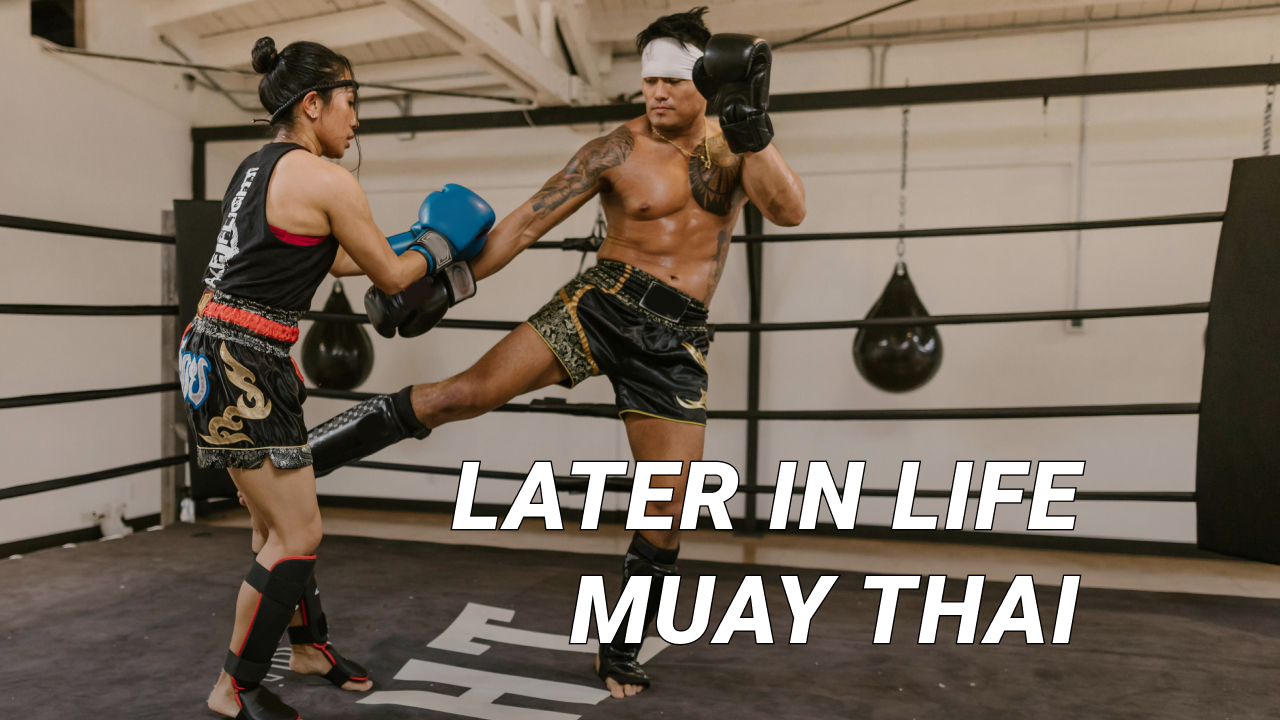
If training martial arts is something that you hope to start doing, going to the gym is the best way to start. This is true of jiu-jitsu, boxing, or Muay Thai. It may even be true of any type of workout, from weight training to yoga.
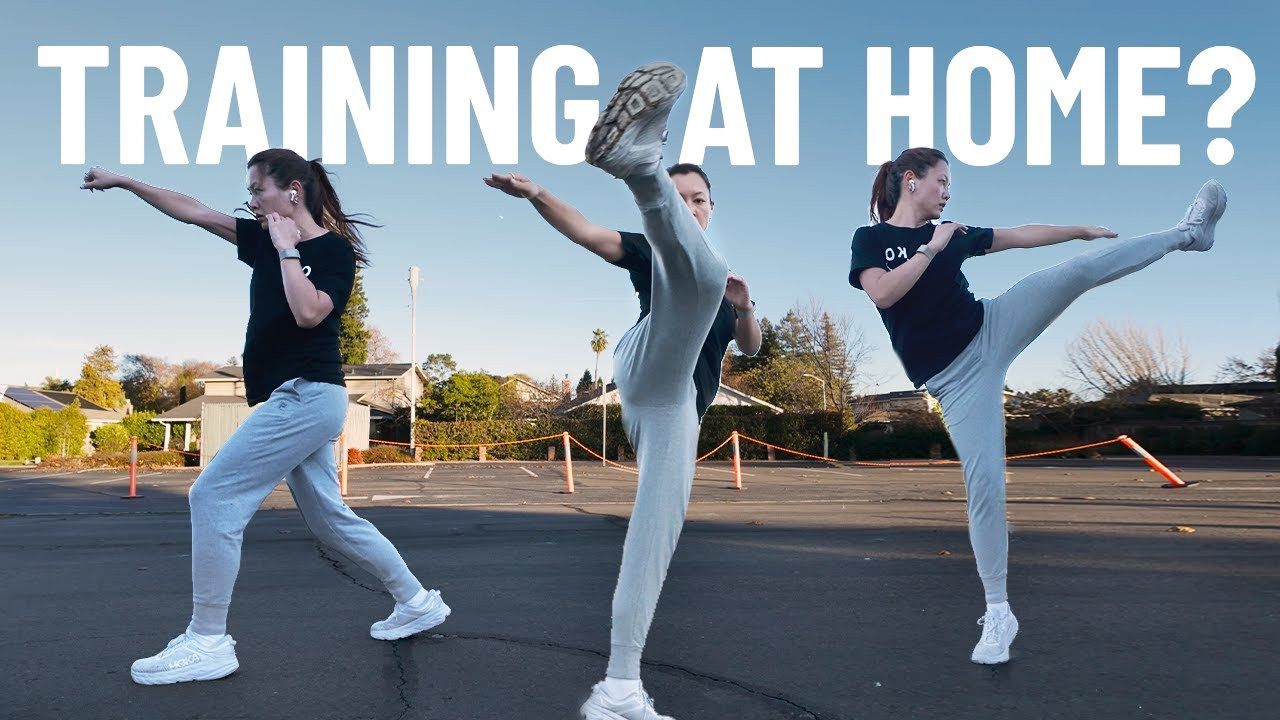
If training martial arts is something that you hope to start doing, going to the gym is the best way to start. This is true of jiu-jitsu, boxing, or Muay Thai. It may even be true of any type of workout, from weight training to yoga.
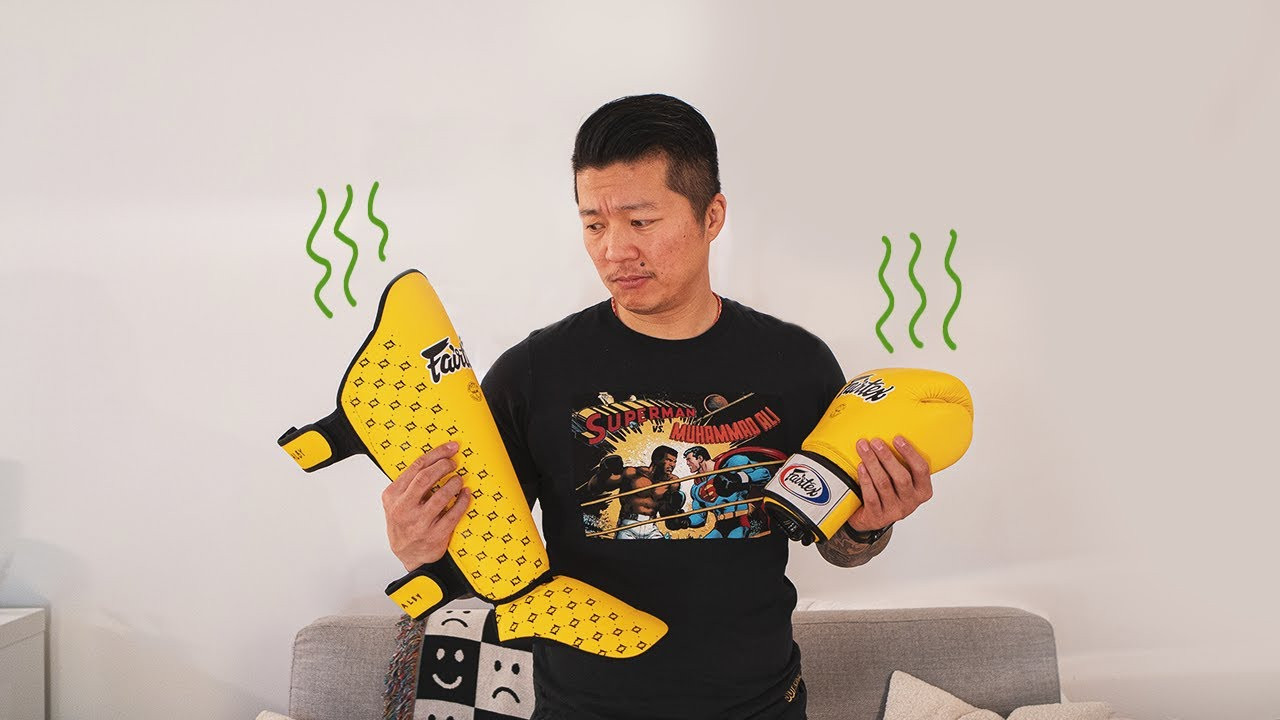
Cleanliness is vital when you practice martial arts. True, sweating is part of the equation whenever you have a tough workout, and very few people walk off the mat smelling like a rose. However, you should still try to take preventative measures to keep you and your gear fresh.
